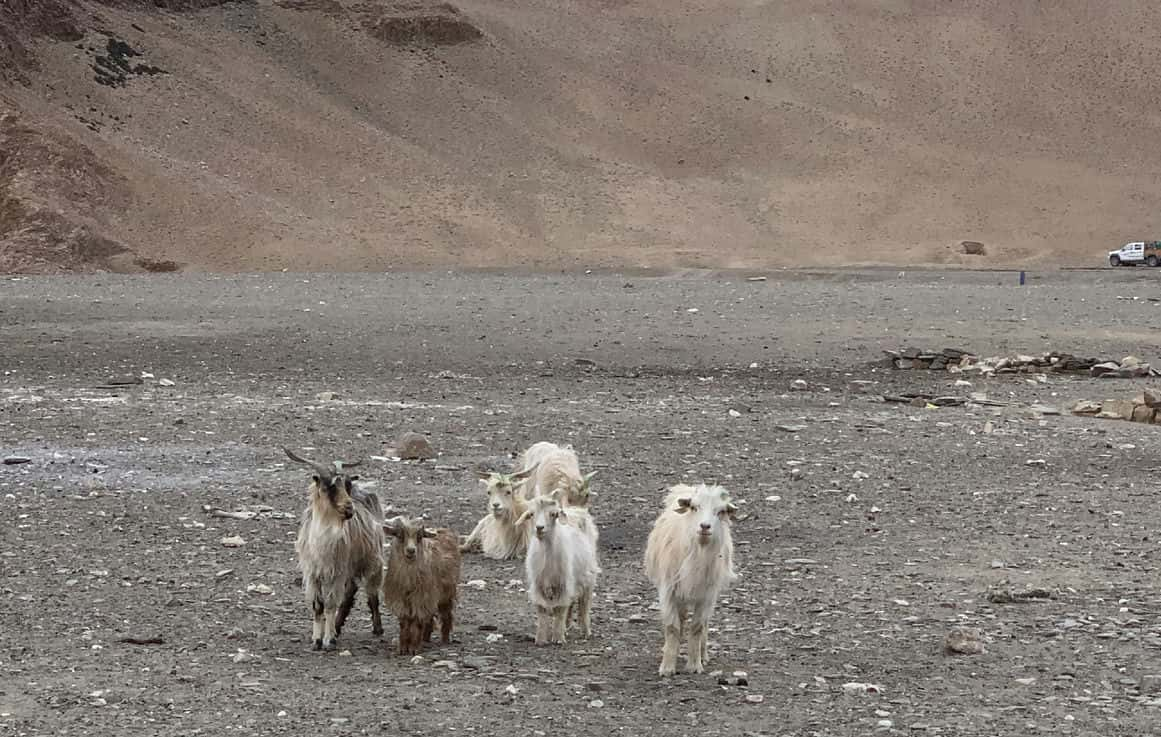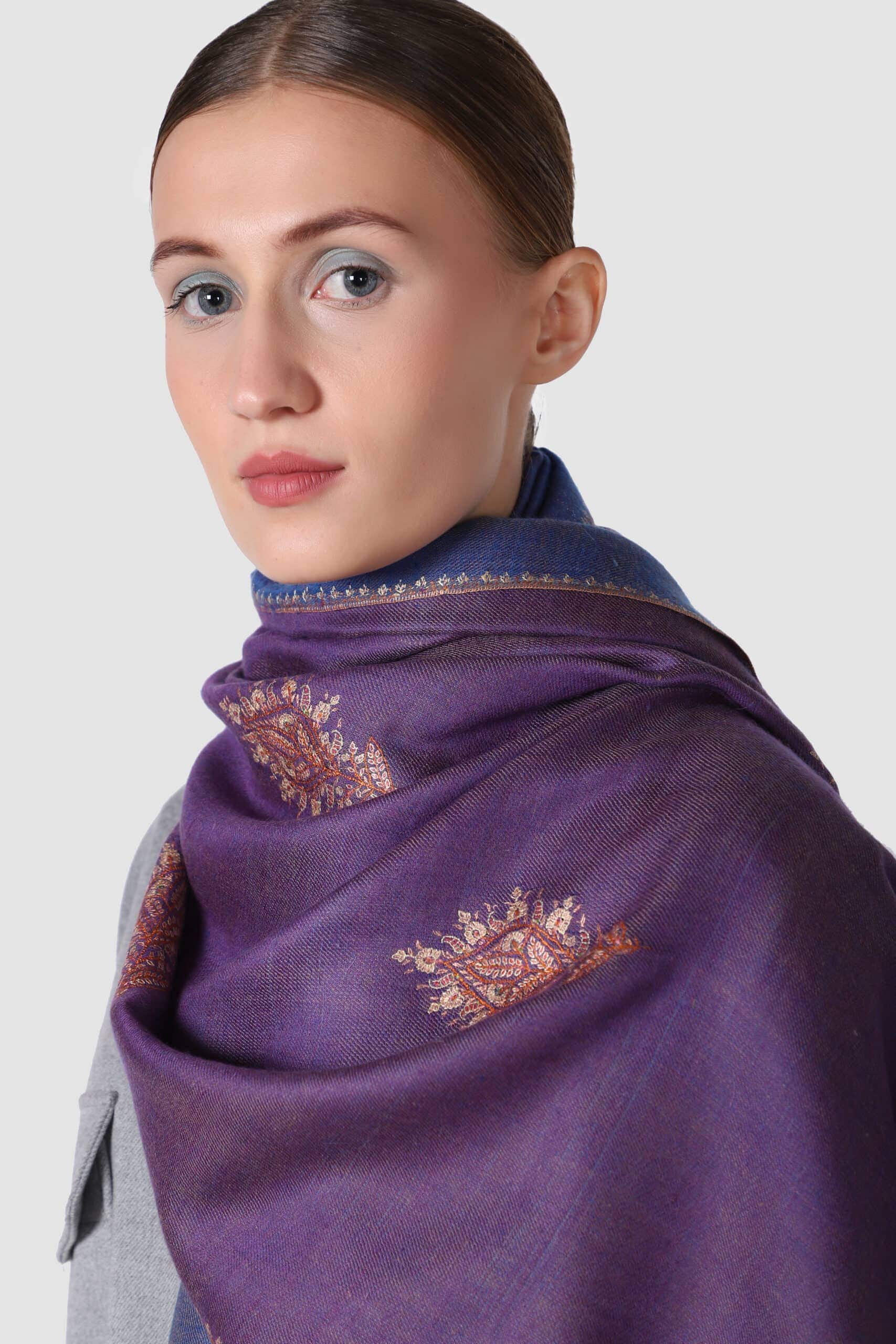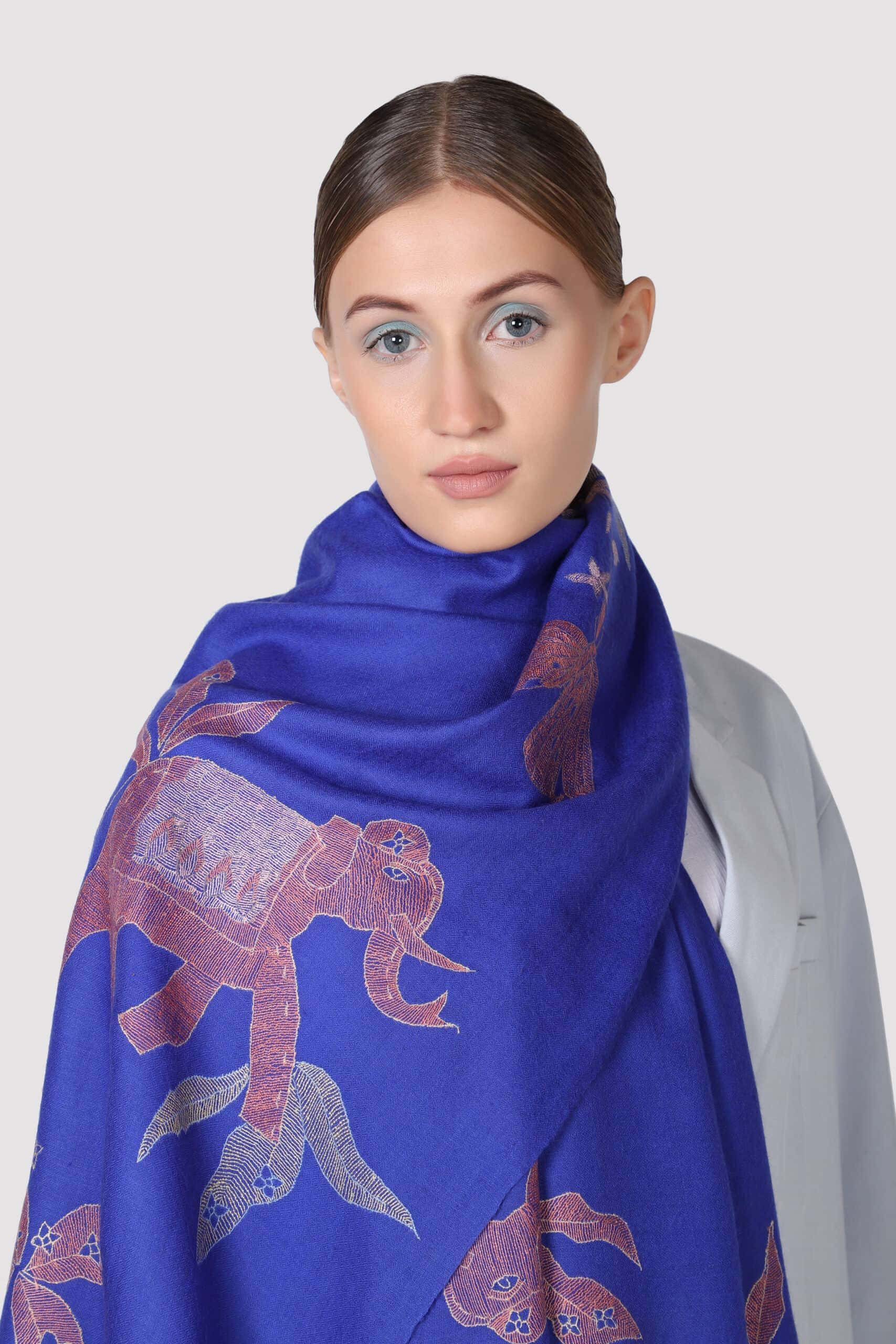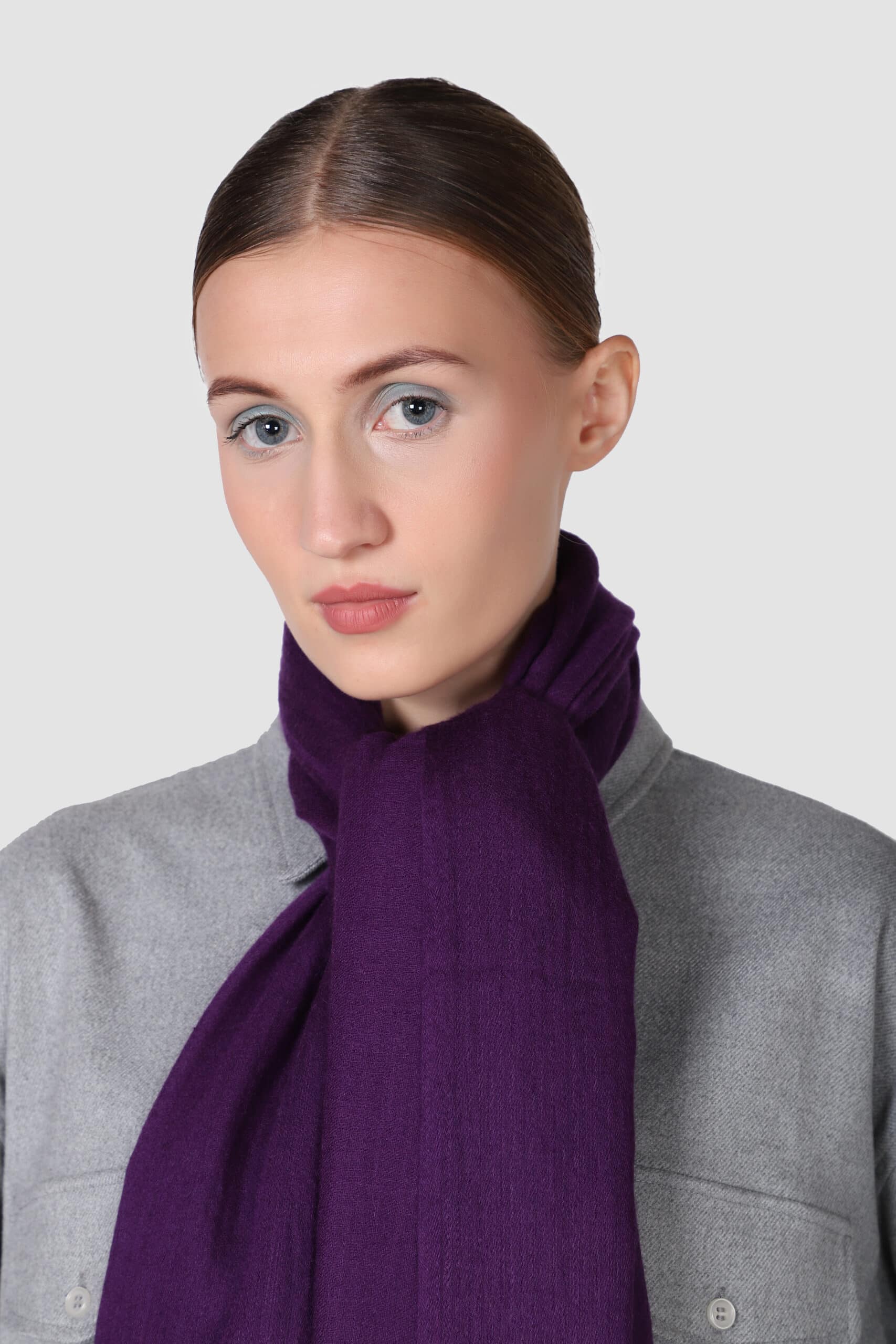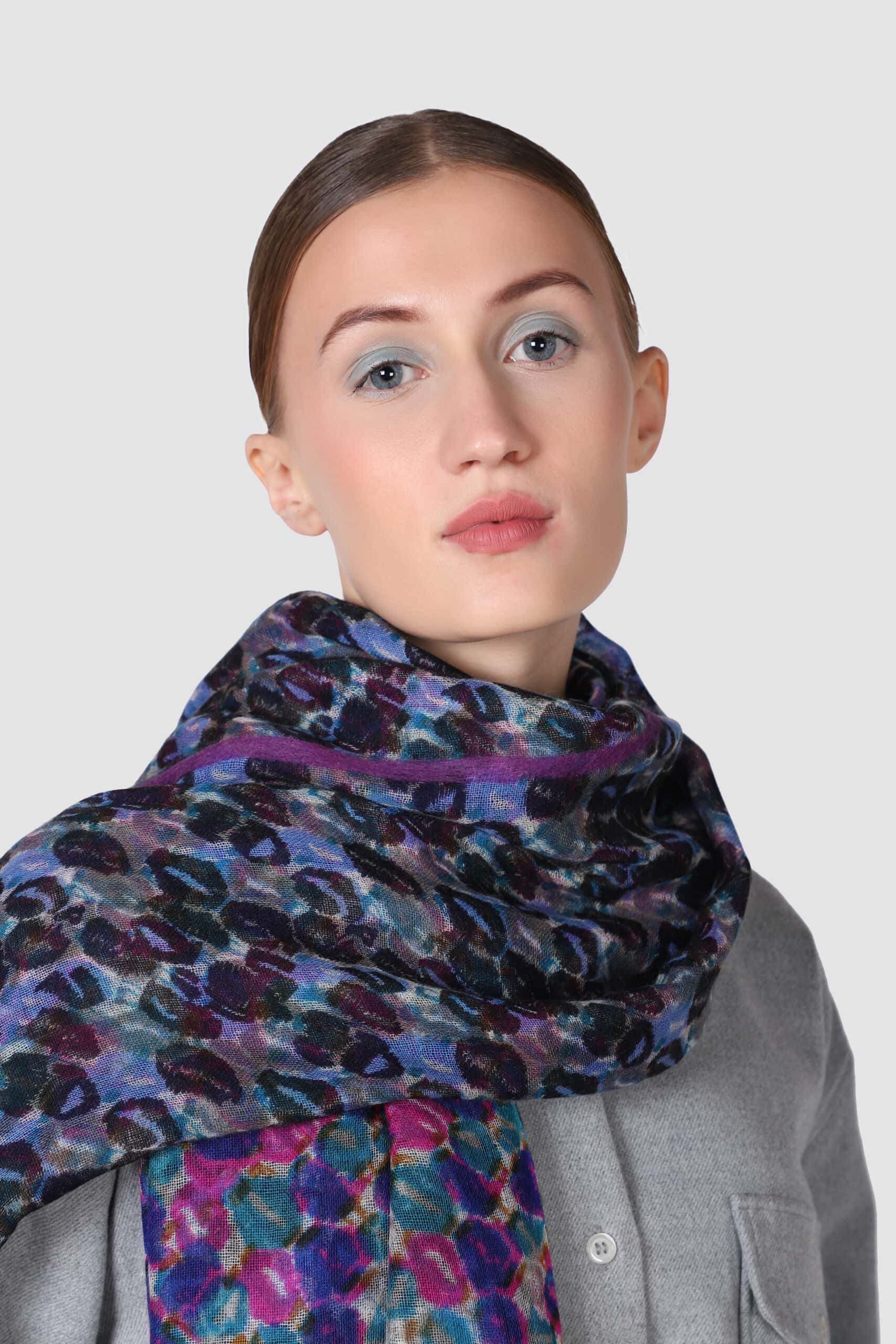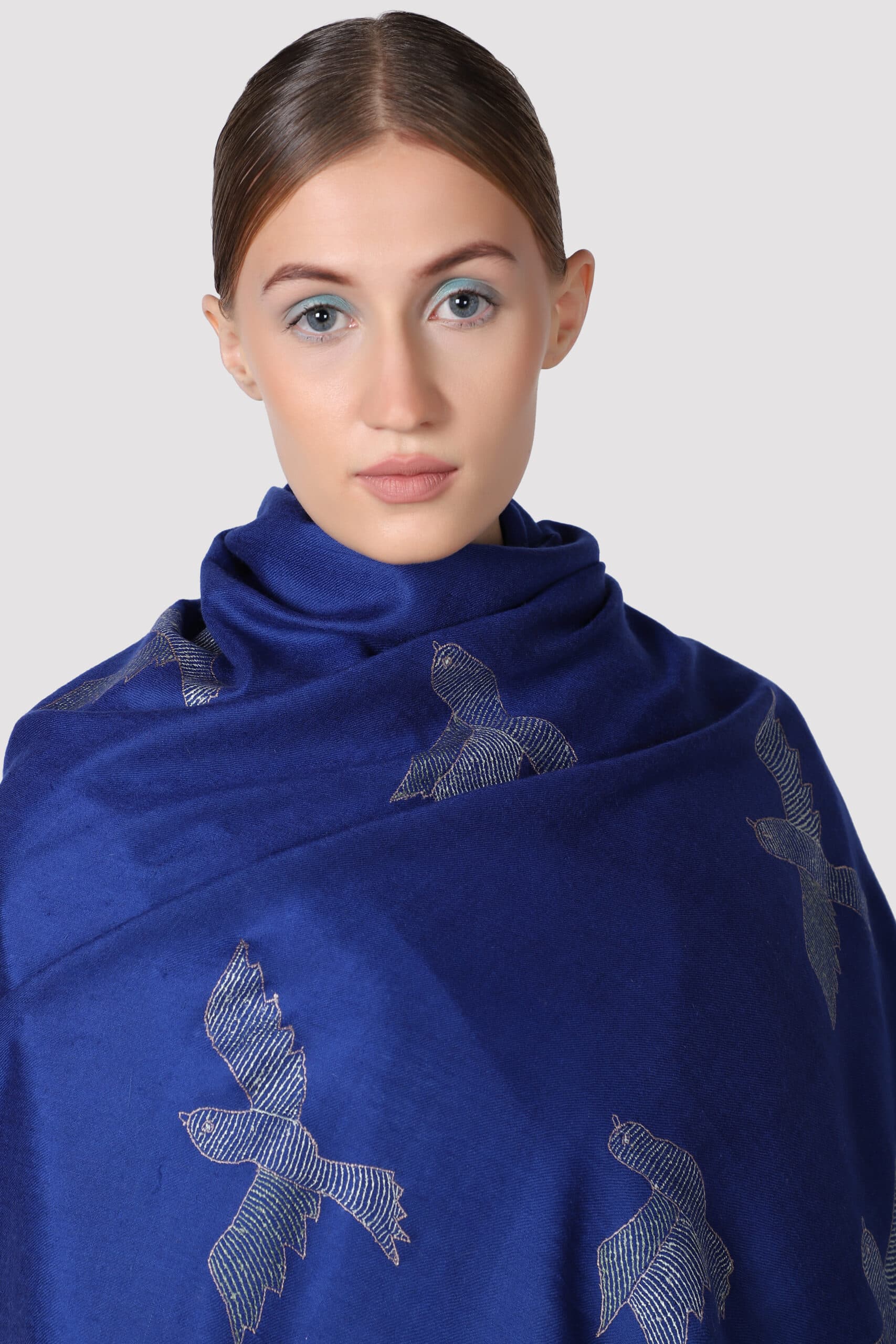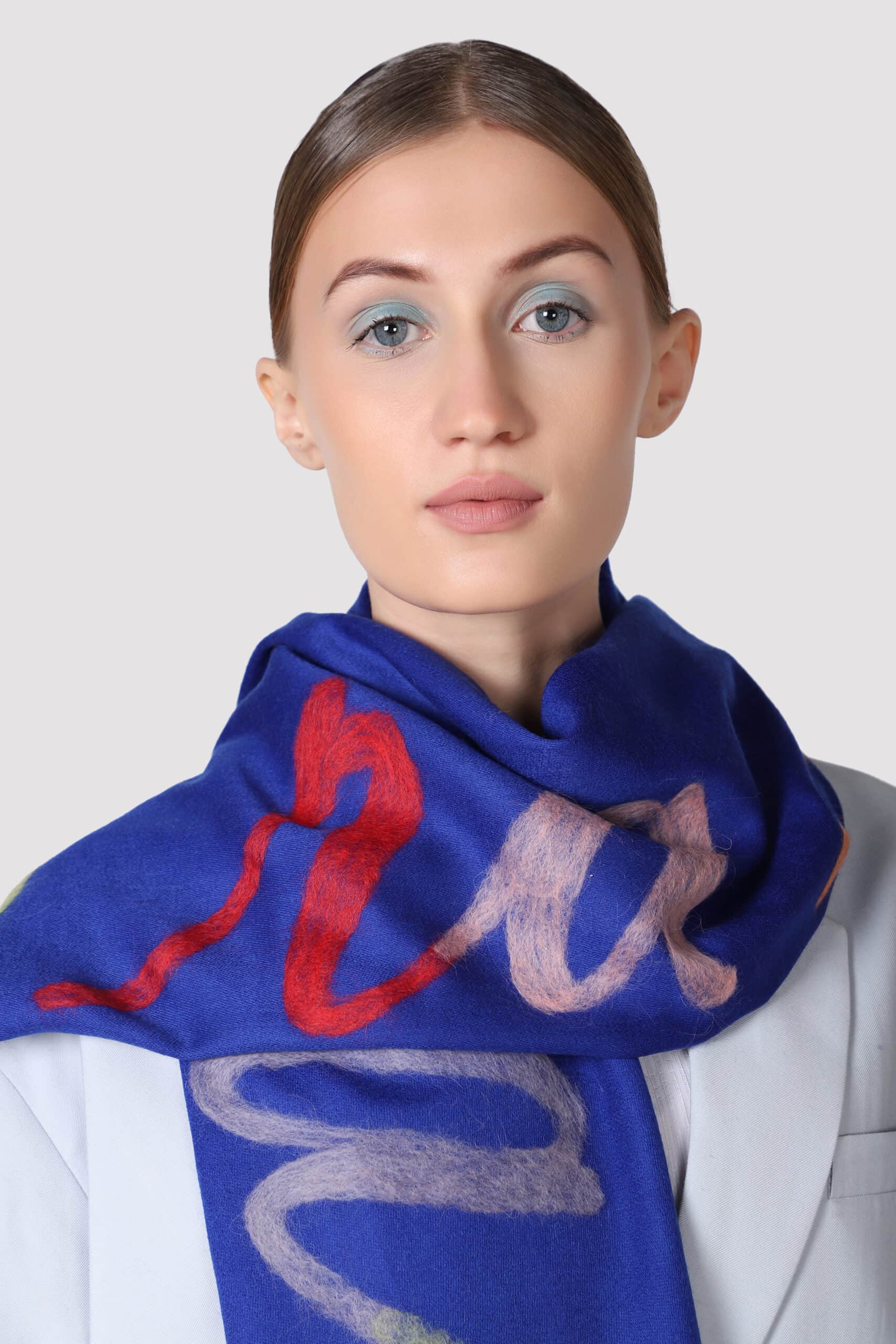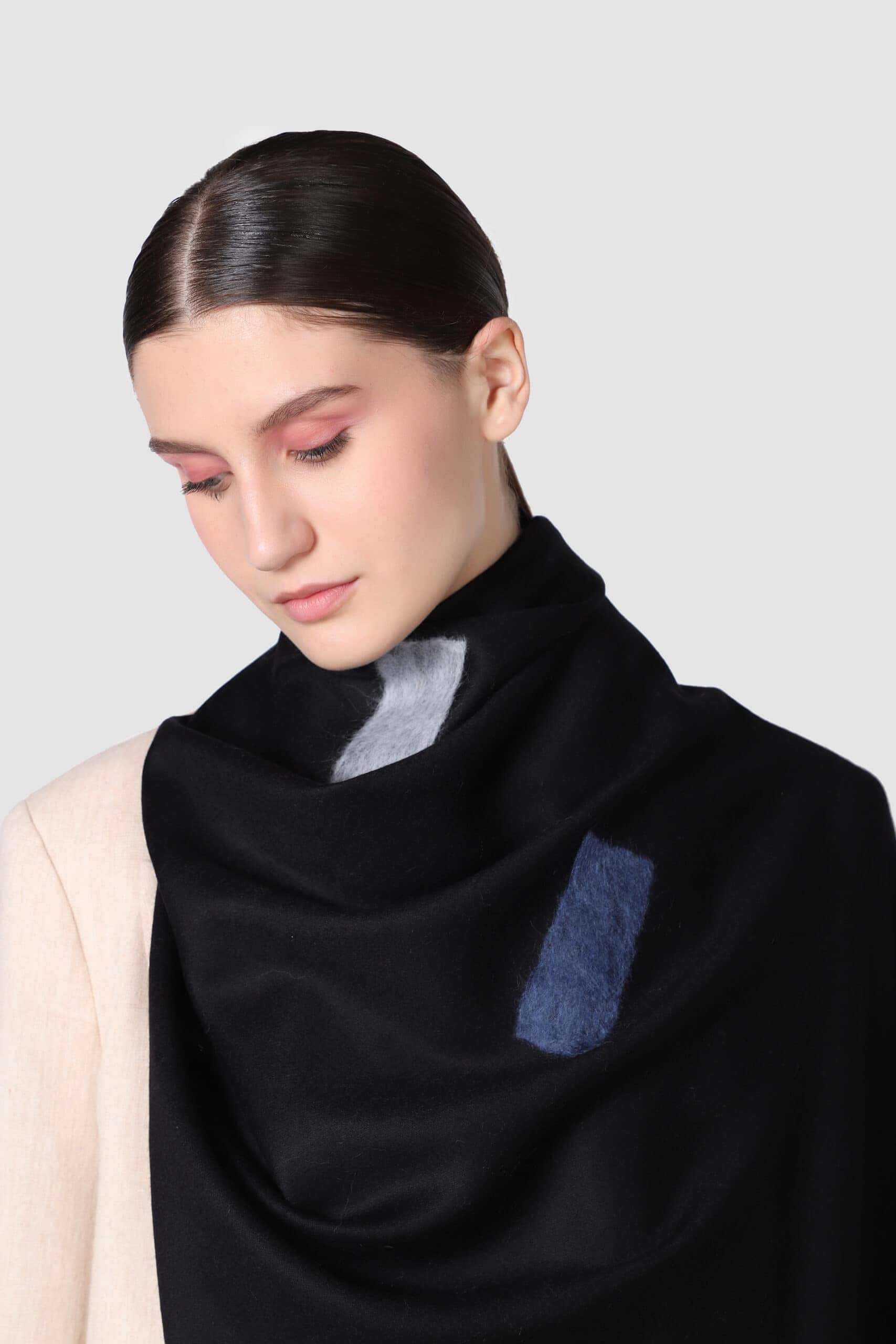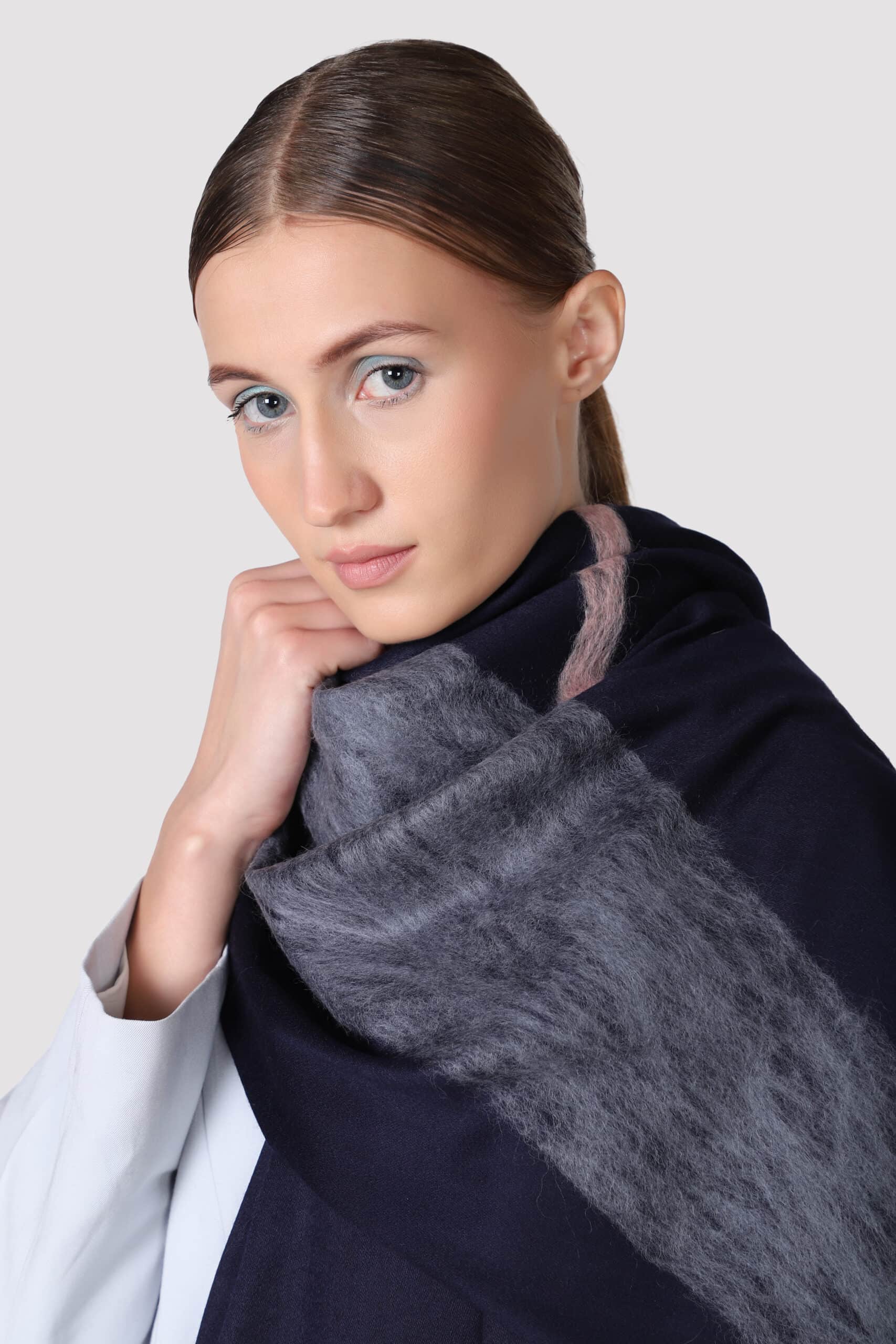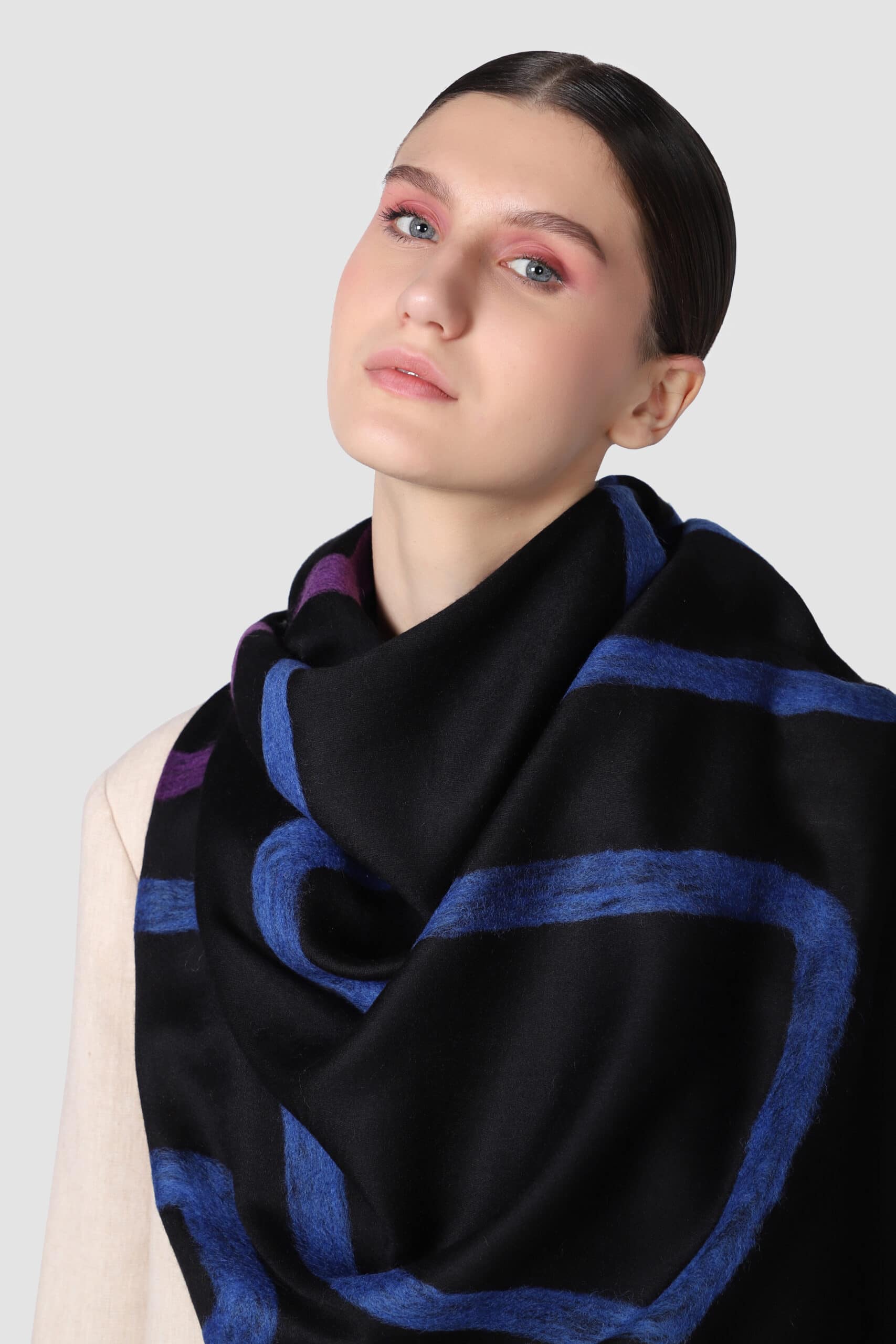We are very excited that our website is finally live! It has been an interesting journey for all of us at Me & K from those early days of the pandemic when everything looked so bleak, to where we are today – grateful for what we have and looking forward to new beginnings.
What better time to start this new chapter than the onset of Spring? February 2022 saw the start of the Chinese New Year of the Tiger, along with the Celtic festival of Imbolc, celebrating the emergence of new life in the world around us. Similarly, Basant Panchami was celebrated in India. So, here’s to renewal and regeneration and hope for brighter times ahead and a more reflective attitude to life!
We would love to start off by telling you a bit about the unique history, unparalleled finesse and enduring appeal of shawls woven and produced in the Valley of Kashmir.
Kashmir, cashmere and pashmina
The fabric known the world over today as ‘cashmere’ takes its name from the region of Kashmir in the Indian Himalayas, whose inhabitants perfected the art of turning the downy undercoat of the Changthangi (or Tibetan) goat into a luxuriously soft fabric of unparalleled warmth and delicacy. The raw fibre from the Changthangi goat (a species reared by Changpa nomads in the Changthang region of Greater Ladakh and Tibet) is known locally as pashm – a Farsi word meaning wool. The cloth woven from this pashm is called pashmina.
Today ‘cashmere’ has become a generic term, divorced from its place of origin. Indeed, the majority of ‘cashmere’ comes to the West from factories in China and Mongolia, where it is sourced from the fleece of Mongolian goats and manufactured using mechanised means of production. This necessarily produces a far inferior type of cloth and one devoid of the romance and superior craftsmanship inherent in the centuries old processes used in the production of a genuine Kashmir shawl.
It important to distinguish between the two, not least because of the cultural uniqueness of shawls woven and produced by hand in the Valley of Kashmir, but also because of the continued misuse of the term ‘pashmina’ to refer to a plethora of light-weight, wool or cashmere-blend scarves. In a more just world, ‘pashmina’ should ideally only be used to refer to the finest quality of cashmere, coming exclusively from the Changthangi goat.[1] Therefore, it is important to be aware that; ‘while all pashmina is cashmere, not all cashmere in pashmina’![2] In India, we have been working with government partners to protect the purity of genuine pashmina – hand spun and hand woven in Kashmir – through the issuance of a ‘Kashmir Pashmina’ authentication tag.
The legacy of the Kashmir shawl
A genuine Kashmir shawl is an exquisite combination of rare and fine materials, remarkable warmth and lightness, precision of technique and beauty of design. Such a creation is only made possible by the unmatched skill and expertise of Kashmiri artisans who have over the centuries perfected the art of spinning, weaving and embroidering the world’s most luxurious fabric, earning them the accolade of producers of the finest shawls in the world.
The Kashmir shawl has been synonymous with luxury and style for over 500 years. Favoured in the palaces and courts of Mughal emperors and Indian nobility they quickly caught on in late eighteenth century Europe and later in America, where they became an enduring symbol of elite fashion. Despite suffering terribly at the hands of imperialist economic projects in 19th Century Europe, the legacy of the Kashmir shawl prevailed and is reflected today by its continued global appeal as a luxury item of extraordinary beauty, sophistication and craftsmanship.
It is this enduring legacy that we hope to do justice to by reacquainting contemporary audiences with the purity of this ancient craft and by promoting its design potential in both traditional and contemporary forms. There is something unmistakably soothing, sensual and luxurious about the feeling of being wrapped in the deliciously soft and warm folds of a Kashmir shawl – a feeling once experienced, never forgotten. No wonder they continue to dazzle and enchant well-healed audiences across much of north India during the winter months, where they are passed down as family heirlooms, loved and cherished through the generations.
We have so much more to tell of you about the art of shawl making in Kashmir and the incredible artisans who produce them. Woven through centuries and echoing in time to the present day, it is a story of symbiosis, inspiration and creative passion.
For now, we will leave you with this verse from Kalim Kashani, a renowned 17th Century Persian poet, extolling the passions invoked by Kashmir’s natural beauty – a beauty which Kashmiri artisans translated so exquisitely onto cashmere:
Unrest sky! Why are you upset?
This is Kashmir and look at the Kashmir
Full of flowers, plains, mountains and mountain slopes
Look! You will find thousands and thousands of orchids in one.
[1] Generic cashmere ranges from 12-21 microns in diameter, whereas pashmina refers only to those fibres that range from 12-16 microns.
[2] Rizvi, J & Ahmed, M. 2009, pp. 14

